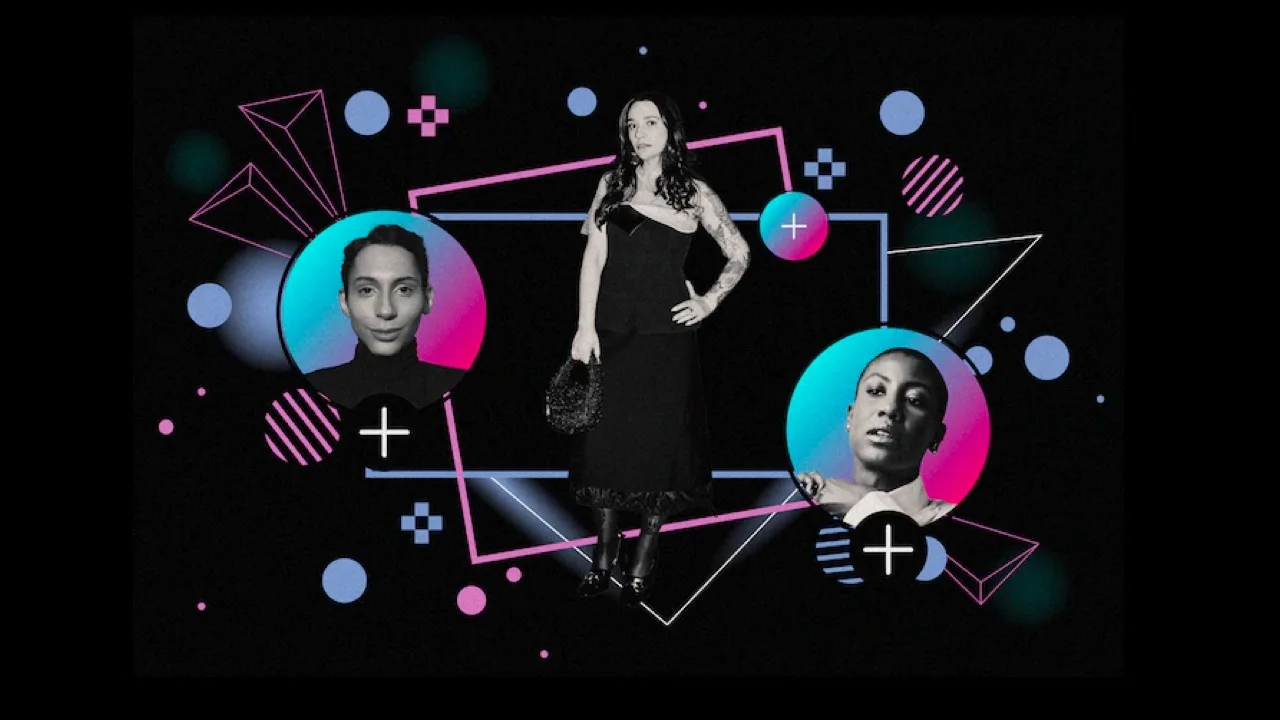A 14-year-old in Mumbai posts a #NoFilter acne journey video. Within hours, it gains 2.8 million likes. Meanwhile, a 60-year-old dancer in Lagos trends for celebrating silver hair. This is TikTok’s beauty revolution in 2025 – a platform where stretch marks outshine Photoshop and age becomes a flex. But how did a 60-second video app dismantle decades of rigid beauty ideals? Let’s examine the data-driven transformation.
How TikTok’s Algorithm Breaks Beauty Stereotypes
TikTok’s content distribution model favors authenticity over polish. 2025 analytics show:
- 73% of viral beauty content features unedited skin texture
- Creators with “imperfections” gain 40% more engagement
- #BodyPositivity videos get 2.3x shares vs traditional makeup tutorials
Why Do Raw Videos Outperform Professional Content?
User behavior studies reveal three key drivers:
- Gen Z’s demand for relatable role models (82% prefer real over curated)
- Algorithmic preference for high watch-time authenticity
- Community-building through shared vulnerabilities
2025’s Top TikTok Beauty Trends Reshaping Industries
| Trend | Posts (Millions) | Brand Response | Consumer Shift |
|---|---|---|---|
| #Skinimalism | 4.8 | 45% skincare launches | 63% reduce foundation use |
| #SilverStreak | 2.1 | Grey hair dyes +210% sales | 38% stop coloring hair |
| #BodyHairMovement | 3.3 | Razors sales drop 17% | 51% women skip shaving |
| #MakeupForAll | 5.6 | 42 brands expand shade ranges | 73% buy inclusive products |
How Global Cultures Influence TikTok Beauty Standards
TikTok’s localized algorithms create regional beauty revolutions:
India’s #BrownSkinPride Movement
- 83M+ videos challenge fairness cream markets
- 4 homegrown skincare brands hit $100M valuation
- 70% decline in skin-lightening searches
Brazil’s #CurvesOut Campaign
- Size-inclusive swimwear lines grow 135%
- Fashion Week models average 2 sizes larger
- 63% teens report improved body image
The Dark Side of TikTok Beauty Trends
While celebrating progress, 2025 data shows emerging concerns:
- 12% increase in Body Dysmorphia cases under 18
- “Reverse filters” promoting extreme thinness
- 65% micro-creators face burnout from daily posts
How Are Regulators Responding?
Recent policy changes include:
- Mandatory AI labels on altered videos (EU Digital Act)
- Beauty filters banned for under-16 accounts
- $2.8M fines for undisclosed filter promotions
TikTok vs Traditional Media: Beauty’s New Battleground
2025 Nielsen comparisons reveal stark contrasts:
- TikTok users 3x more likely to call beauty standards achievable
- TV ads still feature 78% models under size 6
- 67% consumers trust TikTok reviews over magazine experts
Why Are Brands Shifting $18B to TikTok?
Marketing analytics show:
- User-generated content converts 2.8x better
- Hashtag challenges drive 61% purchase intent
- Nano-influencers (under 10K followers) yield 8.7% engagement
How Mental Health Ties Into TikTok’s Beauty Shift
2025 mental wellness reports highlight:
- 29% decrease in cosmetic surgery interest among teens
- 41% users report improved self-esteem
- But 18% face “comparison fatigue” from endless scroll
What Therapists Say About #FilterFree Trends
Leading psychologists observe:
- Increased discussions about natural aging
- More clients rejecting extreme diets
- Rising cases of digital identity conflicts
Predicting 2026: Where TikTok Takes Beauty Next
Industry forecasts suggest:
- AI avatars replacing traditional beauty influencers
- Haptic filters simulating skincare textures
- Voice-based beauty tutorials for visual impairments
How Can Users Navigate This Landscape?
Actionable tips from digital wellness experts:
- Curate ForYouPage with #RealBeauty tags
- Limit beauty content to 20 daily minutes
- Report harmful trends immediately
TikTok’s beauty revolution isn’t about rejecting glamour – it’s expanding what glamour means. From Mumbai to Michigan, users now define beauty through empowerment, not airbrushing. While challenges remain, 2025 marks the year digital authenticity became the ultimate aesthetic.
